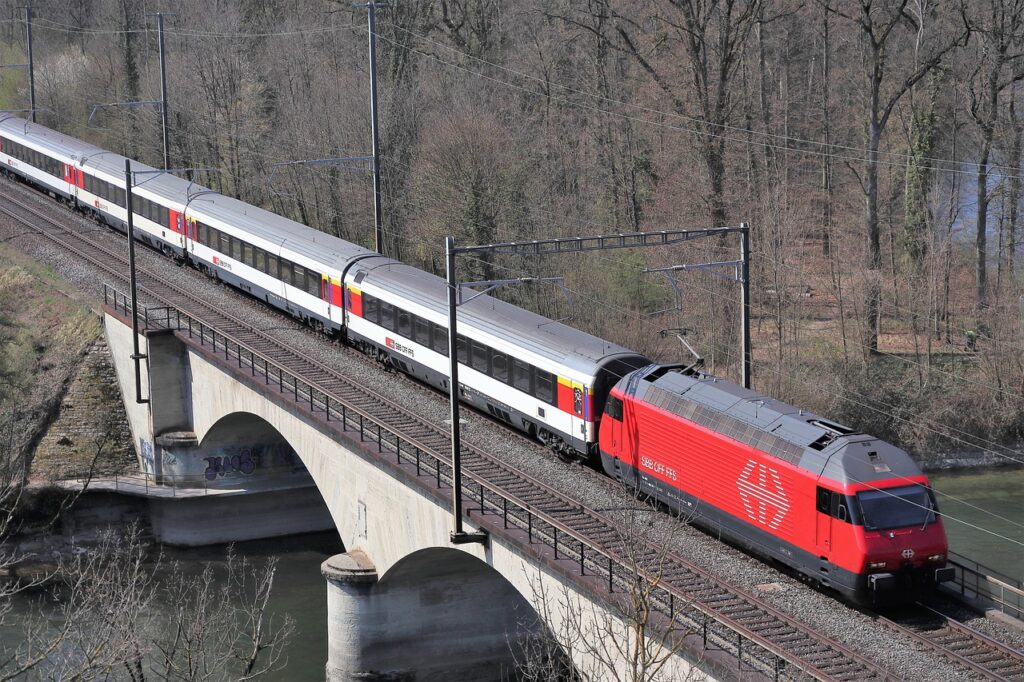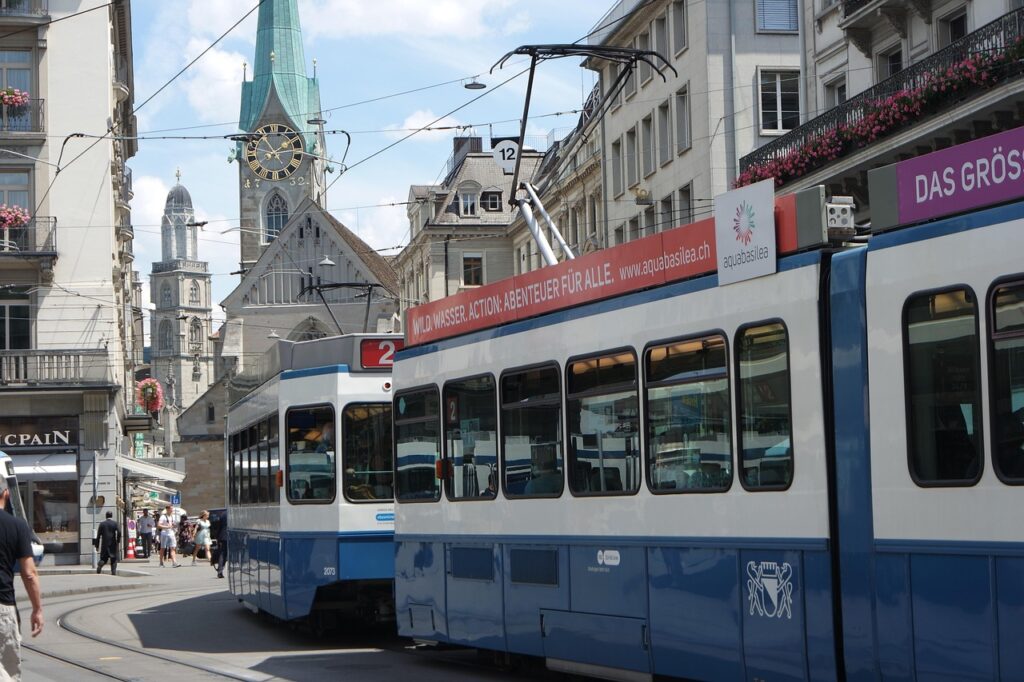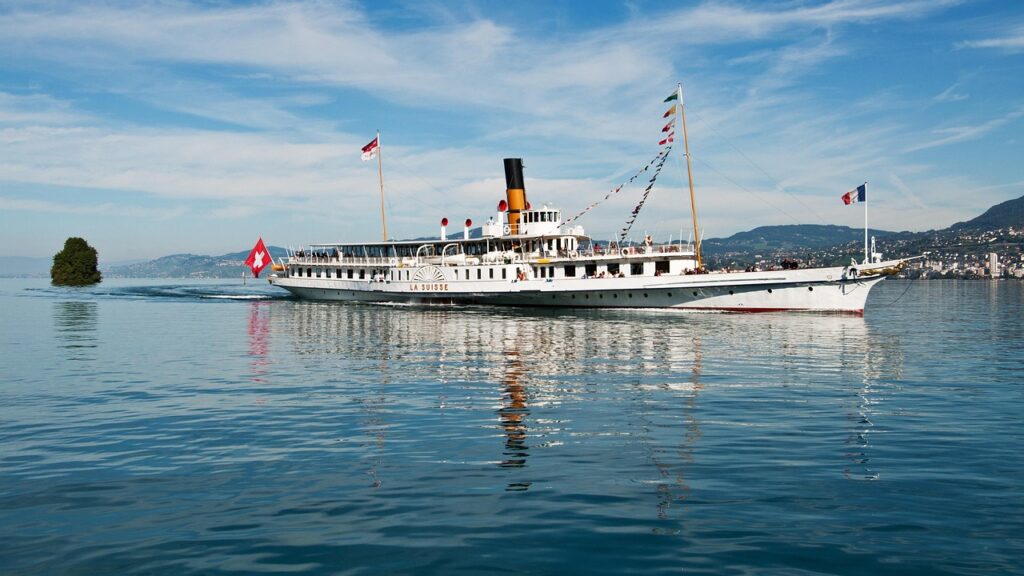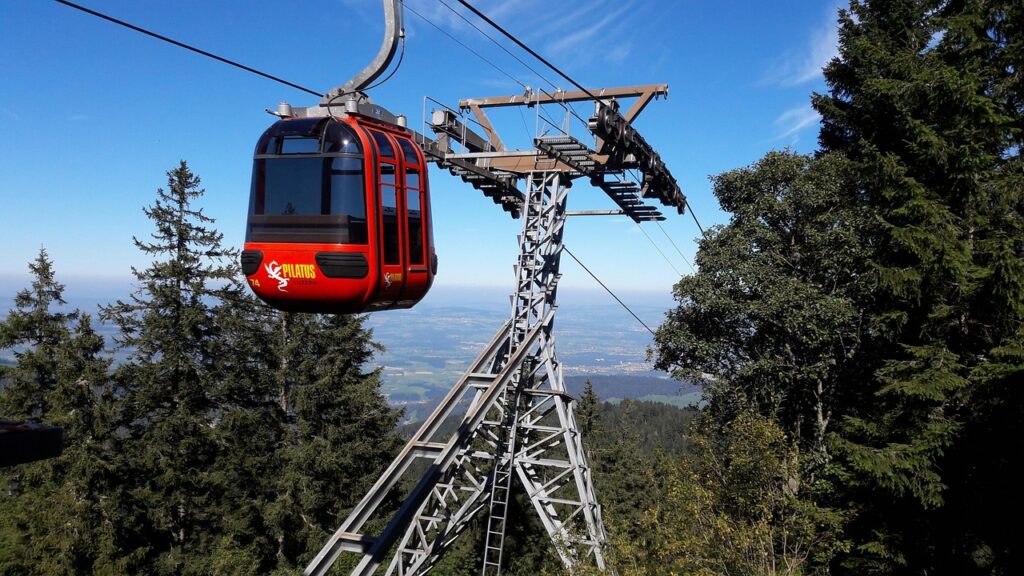Switzerland’s public transport system is often considered one of the best in the world. With clean, safe, and remarkably punctual trains, trams, buses, boats, and cable cars, it offers an unparalleled experience for tourists. Whether you’re exploring major cities, visiting Alpine villages, or touring iconic landmarks, understanding how to get around efficiently is key. This ultimate guide to public transportation in Switzerland covers everything you need to know to plan your journey with confidence.
Why Choose Public Transport in Switzerland?

- Unmatched Punctuality: Swiss trains and buses run like clockwork.
- Incredible Coverage: From large cities to tiny villages high in the Alps.
- Environmentally Friendly: Powered largely by renewable energy.
- Comfort and Cleanliness: Vehicles and stations are well-maintained.
- Scenic Journeys: Some routes are among the most beautiful in the world.
If you’re looking for the most efficient, sustainable, and scenic way to travel across Switzerland, public transportation is the answer.
Types of Public Transportation in Switzerland
1. Trains (SBB – Swiss Federal Railways)
The train system forms the backbone of public transport in Switzerland. It’s operated primarily by SBB (Schweizerische Bundesbahnen), also known as CFF in French and FFS in Italian.
- High-frequency routes connect major cities such as Zurich, Geneva, Bern, Lausanne, and Lucerne.
- Regional trains serve smaller towns and rural areas.
- Scenic railways like the Glacier Express and Bernina Express offer unforgettable alpine views.
2. City Trams

Cities such as Zurich, Basel, and Geneva have extensive tram networks.
- Trams run frequently, especially during the day.
- Ideal for short city trips and sightseeing.
- Easy ticketing options available at stops and via mobile apps.
3. Regional and Intercity Buses
- PostBus (PostAuto) covers rural and mountainous regions.
- Intercity buses provide connections where trains don’t.
- Bus routes are synchronized with train schedules.
4. Boats and Lake Ferries

Many Swiss lakes are served by passenger ferries.
- Lake Lucerne, Lake Geneva, Lake Thun, and Lake Zurich offer both transport and leisure cruises.
- Boats often connect to train stations, making transfers easy.
5. Mountain Transport (Funiculars, Cog Railways, and Cable Cars)

- Funicular railways connect towns to nearby peaks.
- Cable cars and gondolas reach popular attractions like Mt. Titlis or Schilthorn.
- Cogwheel trains such as the Gornergrat Bahn take visitors to some of the highest accessible points in the Alps.
These are often highlights of any trip, especially for hikers and photographers.
How to Buy Tickets and Plan Your Journey
Swiss Rail Tickets
- Buy online via the SBB website or mobile app.
- Ticket machines are available at every station.
- Tickets must be purchased before boarding, except when using certain mobile apps.
Travel Passes and Discounts
- Swiss Half Fare Card – Ideal for travelers staying more than a few days.
- 50% discount on almost all public transport.
- Regional Travel Passes – Perfect if you’re staying in one area.
- Examples: Tell-Pass (Central Switzerland), Bernese Oberland Pass, ZurichCard.
- Saver Day Pass – Offers full-day unlimited travel if booked in advance.
Trip Planning Tools
- SBB Mobile App – Real-time schedules, delays, and ticket booking.
- PostBus App – Best for rural and mountain village access.
- Google Maps and Swiss Travel Guide apps are also helpful for navigation.
Travel Tips for Tourists
- Travel outside rush hour: Avoid busy periods (7–9 AM and 5–6:30 PM).
- Luggage lockers: Available at all major stations.
- Children under 6 travel free in public transport in Switzerland. Children aged 6–15 travel free with a Family Card when accompanied by an adult with a valid pass.
- Dogs are allowed but may require a special dog pass.
- First vs. Second Class: First class offers more space and quiet, but second class is excellent for most travelers.
Scenic Train Routes Not to Miss
1. Glacier Express
- Route: Zermatt to St. Moritz
- Duration: ~8 hours
- Known for: Panoramic windows, slow scenic ride through the Alps.
2. Bernina Express
- Route: Chur to Tirano (Italy)
- UNESCO heritage railway line.
3. GoldenPass Line
- Route: Lucerne – Interlaken – Montreux
- Highlights: Changes in language, architecture, and landscape.
These journeys aren’t just transport—they’re once-in-a-lifetime experiences.
Accessibility and Special Services
- Most stations and vehicles are wheelchair accessible.
- Accessible toilets and ramps are common.
- Assistance services can be booked in advance via SBB.
Frequently Asked Questions
Is English spoken in Swiss stations?
Yes, especially in larger cities and tourist areas. Signs are multilingual.
Can I travel without a Swiss Travel Pass?
Absolutely. Regular tickets or half-fare options are flexible alternatives.
Are reservations required?
Only for panoramic trains like Glacier Express and Bernina Express. For most regional and intercity trains, reservations are optional.
Final Thoughts
Public transportation in Switzerland is not only reliable and eco-conscious, it’s also part of the travel experience itself. From riding high-altitude cable cars to relaxing on serene lake cruises, it offers travelers a chance to immerse themselves in the country’s stunning scenery and culture.
Whether you’re visiting for a few days or a few weeks, getting familiar with the transport system will enhance your journey and give you the freedom to explore this beautiful country at your own pace.
This guide was created to offer practical, local-style insights for international travelers exploring Switzerland without relying on a car. Save it, share it, and make your trip unforgettable.